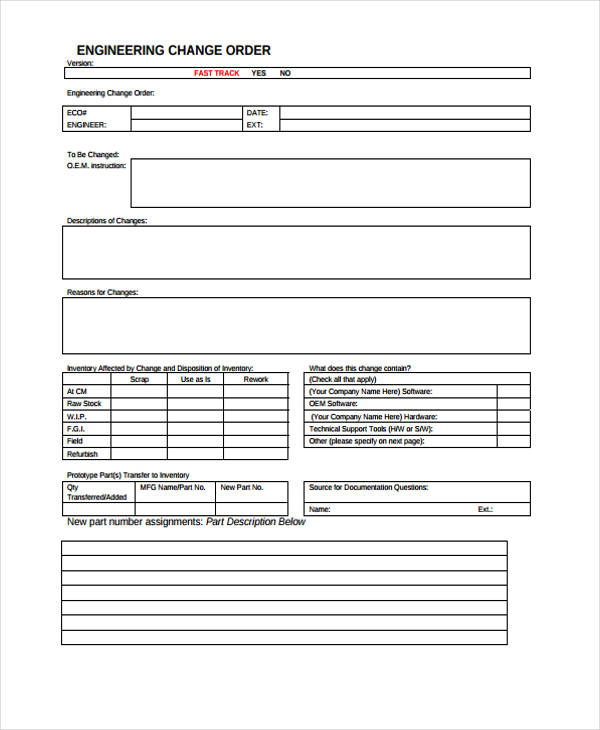



Instead of going through that trouble, firms can simply create their own purchase order management system with a familiar tool: spreadsheets. In many cases, these tools are complex and too overwhelming for a business’s specific needs. Managers do this by implementing a formal purchase control system.Īt this point, companies might be thinking that they need specialist software with a hefty price tag. Organizations that delegate these tasks properly have a more efficient ordering process. While one employee places the order, another accepts it and fails to notice items missing. When the same orders are managed by different employees, mistakes quickly pile up. Moreover, it causes problems in the cash flow. Additionally, missing an essential item in stock reflects poorly on an organization’s customers. However, they can cause communication issues that result in wrong orders and inefficiencies throughout the supply chain. Informal systems might seem adequate for companies at first. In other cases, they may place orders with a supplier themselves without having to ask for authorization. Maybe employees simply send a quick message to their manager asking for certain materials.

Small businesses usually have an informal system to manage their purchase orders and procurement.


 0 kommentar(er)
0 kommentar(er)
